Fort Hartsuff Laundress Quarters/Bakery/Commissary Sergeant Quarters
Introduction
Text-to-speech Audio
Images
Bake oven in Bakery
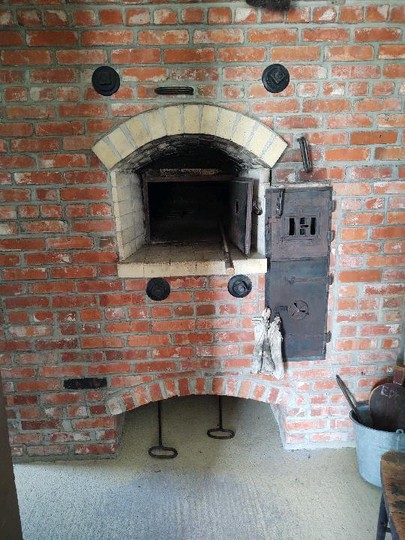
Bakers Apartment
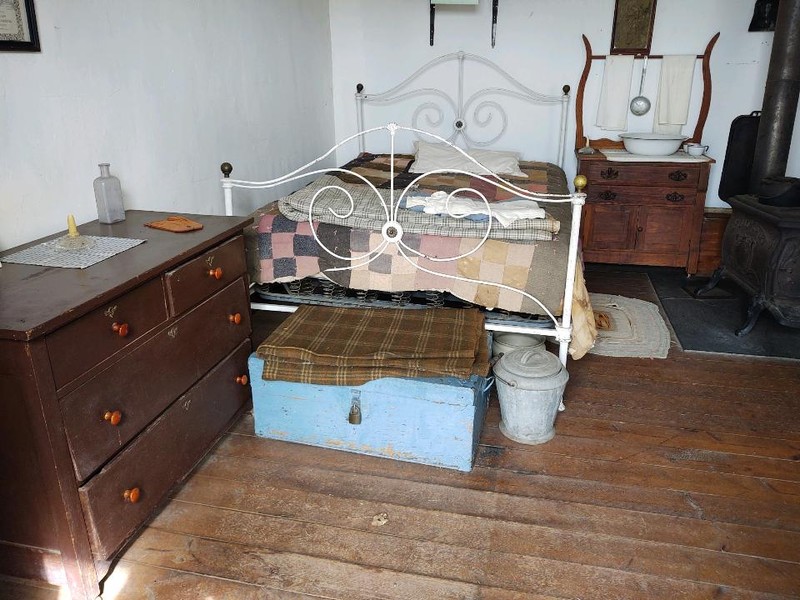
Bakers Apartment
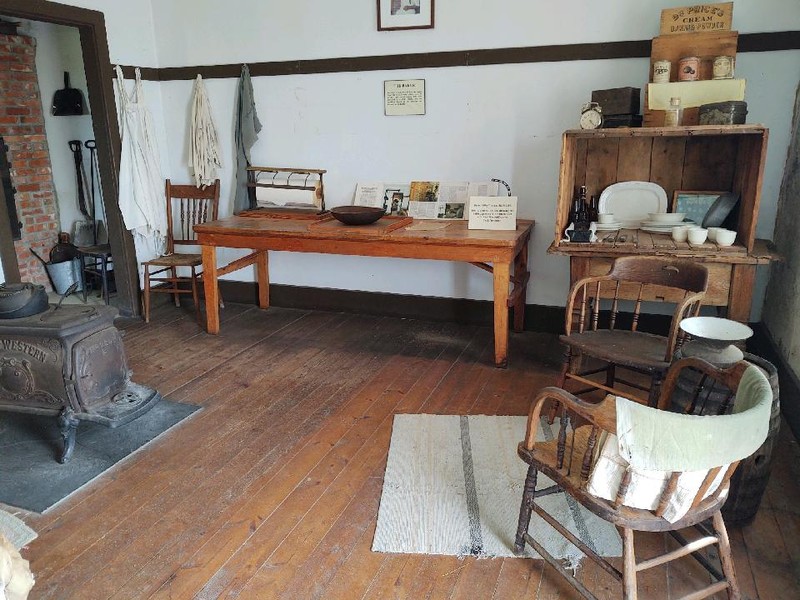
Laundresses Quarters
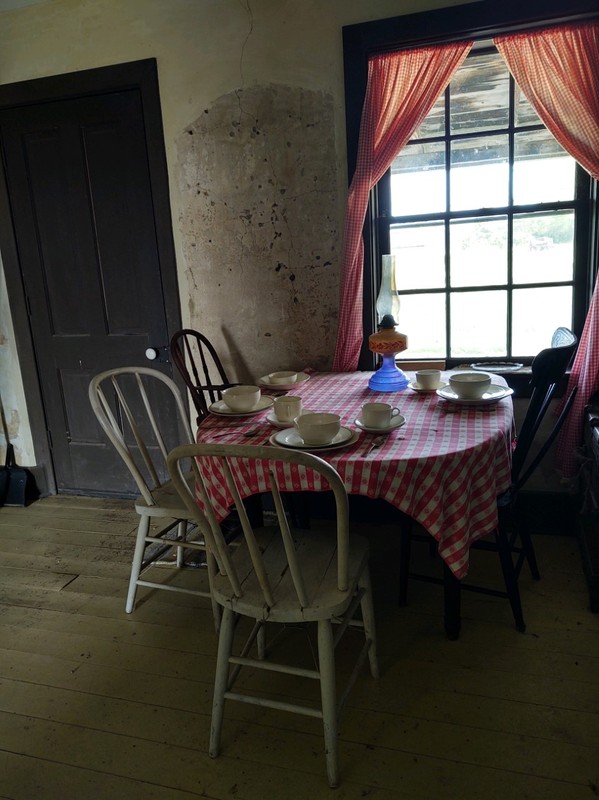
Laundresses Quarters
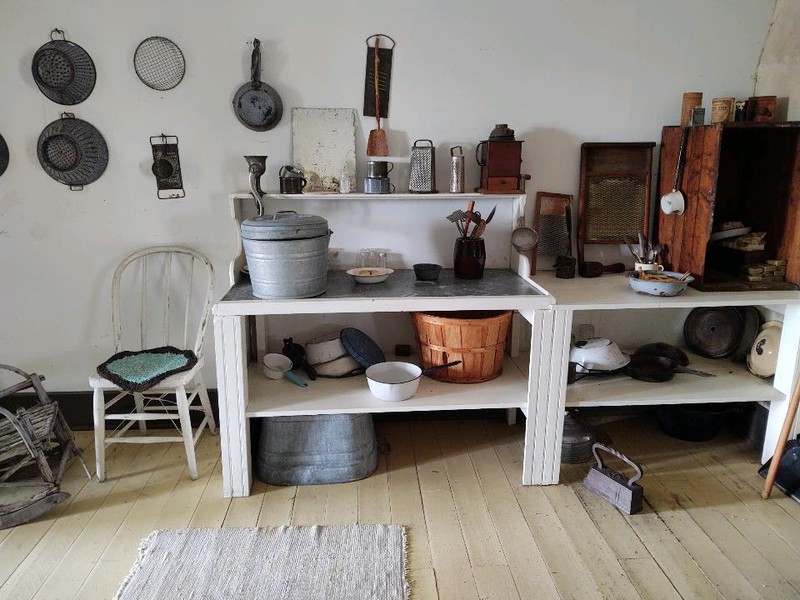
Laundresses Quarters
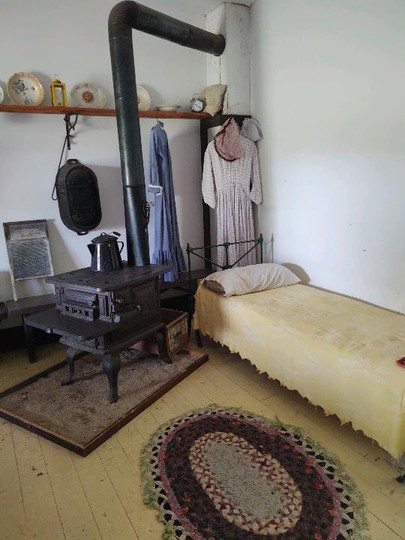
Laundresses Quarters
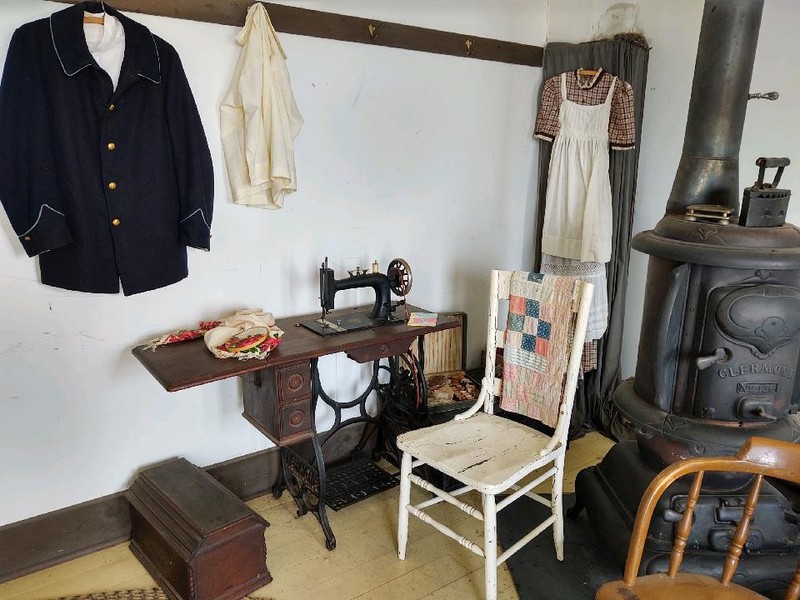
Laundress-Bakers-Commissary Sergeants Quarters
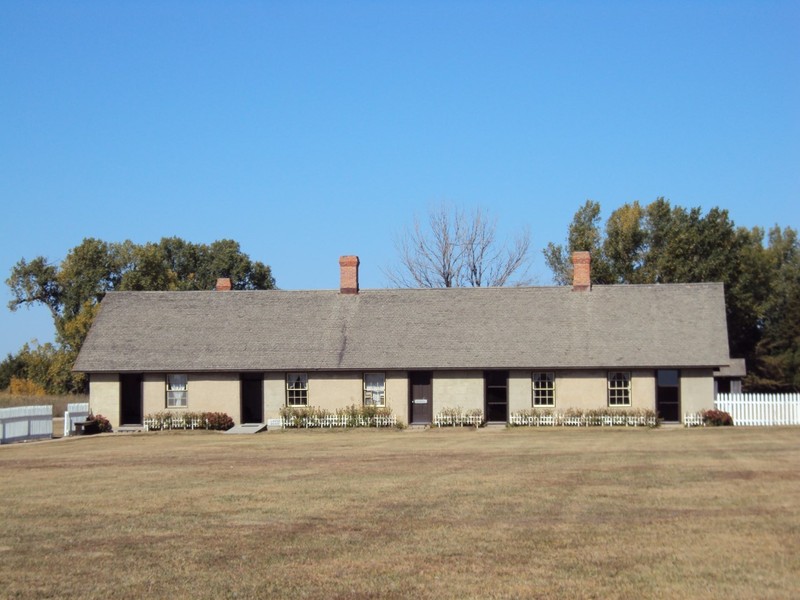
Proof cupboard in the bakery
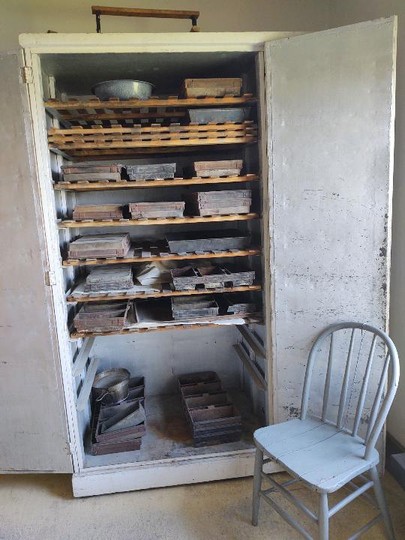
Backstory and Context
Text-to-speech Audio
The laundress quarters was a very active building. It housed the Commissary Sergeant, the Baker, and of course, the Laundresses and their families. Another name for the laundress quarters was “Suds Row.”
The Commissary Sergeant lived in this building because it was close to the storehouse, and he was also in charge of the wagon scale that was located behind the Laundress Quarters.
As was the protocol in the Army at the time, each Company was allowed one laundress for each nineteen and a half men. Each soldier paid the women a set fee per month for washing his clothes. The laundresses were the only officially employed females on the post. The officers’ wives, who generally lived on the post with their husbands, had to buy their food and supplies. The laundresses, on the other hand, in addition to their pay, were provided their quarters, fuel, one meal per day, and the services of the post surgeon. The laundresses, if not already married, often married a soldier shortly after coming to the post. These women were generally the only source of female companionship for miles around on the sparsely populated frontier.
The Baker was considered one of the most important men on the post. Not only did he provide the sixty-plus loaves of bread needed to feed a company each day, but any excess bread he was able to produce, was sold to officers or local civilians. The money from these sales was contributed to the ‘Company Fund’. This fund was then used to purchase such things as seed for the company garden, special china, newspapers, and other items for the general good of the enlisted men.
Fort Hartsuff was unique in that most of the inhabited buildings, such as the laundress quarters, had gravity running water. Water pressure came from a wooden supply tank on the hill behind the officers’ quarters, which was supplied by a windmill.
Sources
Domeier, Jim. "The Guide to Fort Hartsuff (1874-1881)." . .
